Ten years ago, mirrorless cameras started rolling out one after the other from renowned brands including Leica, Olympus, Fujifilm, Pentax, and Panasonic. In 2010 Sony came into the picture bringing out mirrorless interchangeable lens cameras in their complete form. Between 2013 and 2015 Sony launched a series of high-end mirrorless cameras. Alpha 7S, 7SII, and Alpha 7RII came in with an improved viewfinder and unmatched image quality and video recording capabilities. Mirrorless cameras for the first time had outdone DSLRs and Sony had shaken the roots of DSLR manufacturers.
Mirrorless cameras have been adopted by several professional photographers since then. The diversity of colors offered by Sony’s high-end MICLs (mirrorless interchangeable lens cameras) is unmatched in quality. The popularity and reliability of MICLs have motivated imaging giants Canon and Nikon to tread on the same path as Sony. Canon was a bit early in adapting to change and already has EOS M series with mid-range MICLs.
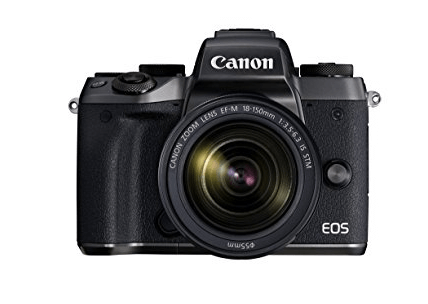
While DSLRs and mirrorless cameras have many characteristics that differentiate each other, they do share one important feature that separates them from all other types of cameras. They’re interchangeable-lens cameras; you can swap out the lens and attach another type of lens. For example, if you need to capture more of a scene, you can use a wide-angle lens, or if you need to get closer to the action, you can use a telephoto lens. The photo below shows the basic designs for both DSLR and the mirrorless camera.
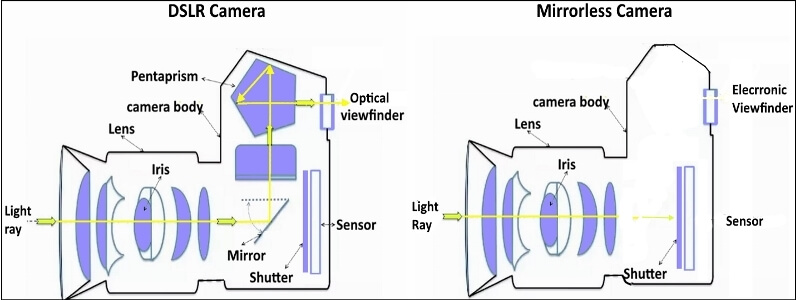
How does DSLR camera work?
DSLR cameras have the following industrial design: light enters through the lens and gets bounced off a mirror, through a special prism, to end up at the viewfinder (Optical viewfinder). So, you actually see the scene through the lens. When you click the shutter button, the mirror flips up, which allows light to hit the actual image sensor on the camera, and your photograph is taken.
What is an optical viewfinder?
Most DSLR cameras have what are known as optical viewfinders. When you look through an optical viewfinder you’re actually looking through the lens of the camera (the light is bouncing off a mirror and flipped through a prism).
How does a mirrorless camera work?
In a mirrorless camera, it has no flip-up mirror, and thus the term “mirrorless” was born. Light passes through the lens and right onto the image sensor, which captures a preview of the image to display on the rear screen. Some models also offer a second screen inside an electronic viewfinder (EVF) that you can put your eye up to and preview the image.
What is an EVF viewfinder?
An electronic viewfinder (EVF) is a camera viewfinder where the image captured by the lens is projected electronically onto a miniature display. The image on this display is used to assist in aiming the camera at the scene to be photographed. With an electronic viewfinder (EVF), you’re actually just looking at a tiny screen (usually LCD or OLED).
The EVF has many advantages over the optical viewfinder; the following list summarized these benefits:
- You get a real-time preview of what your exposure will be; meaning the brightness of your photo will look like what you see through the EVF. Having a real-time exposure preview will help you to dial in the exact exposure you want without constant guessing (like you might do with a DSLR with an optical viewfinder).
- DSLRs have a “depth of field” preview button which will close down the aperture to whatever you have it set to – the problem is that if you’re shooting at smaller apertures the depth of field preview button will make things look unrealistically dark through the viewfinder (since the small aperture will greatly reduce the amount of light going through to the optical viewfinder. Also, it’s just a pain to be pressing a button whenever you want to see a depth of field preview. With EVFs you’ll have a better idea of what your depth of field will look like at the correct exposure.
- With an electronic viewfinder, you can often turn on picture-style settings and get a preview of what those settings will look like. So, for example, you could get a live preview of what everything looks like black and white (which can really help with composition as well as exposure selection.
On the other hand, EVF has some limitations:
- If you’re shooting in bright sunlight you may find that the EVF is not bright enough and that you can’t see the image properly. This will vary depending on the camera’s eyecup around the EVF and whether or not you wear glasses.
- You can look through optical viewfinders with the camera turned off. With an EVF however, the camera needs to be turned on (since the camera’s sensor needs to be collecting light information, and then displaying it on the tiny screen). With an EVF the camera is constantly collecting sensor information and then displaying in on the small screen. This means that cameras with EVFs typically have significantly shorter battery life compared to cameras with optical viewfinders.
Sensor sizes used in mirrorless camera:
In digital cameras, the image sensor is essentially a piece of digital film (sensor) that captures light, in much the same way actual film does. Full-frame DSLR cameras have image sensors that are the same size as a piece of 35mm film, but most consumer-grade DSLRs and virtually all mirrorless models are crop-sensor cameras. The figure below shows the common sizes of the digital sensor, also the table below illustrates the actual sizes and the corresponding crop factor.
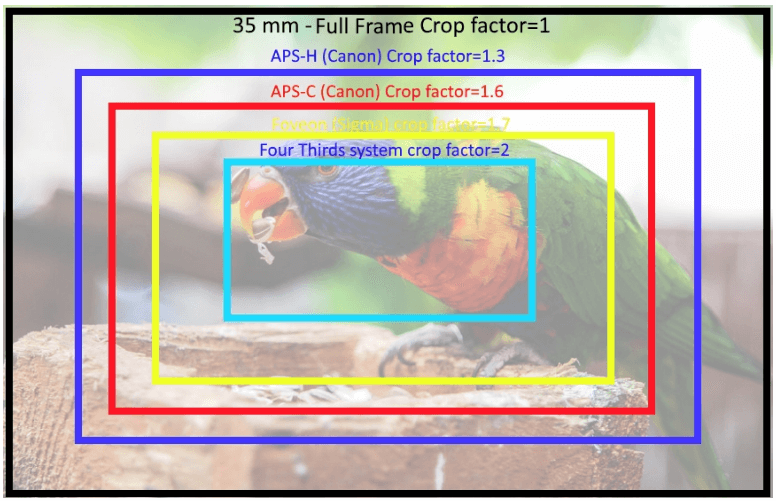

The most common format of mirrorless cameras is the Micro Four Thirds, which refers to the size and shape of the image sensor itself as well as the types of lenses that can be used on these models. Other mirrorless cameras use an APS-C sensor, which is the same size sensor used in common DSLRs such as some Canon models.
The crop-sensor is smaller than the full-frame, which leads to two notable implications:
- They are not as sensitive to incoming light as full-frame cameras. The crop-sensor cameras can’t reach the same high ISO sensitivities as full-frame models, but many of them nowadays are perfectly capable of shooting at values such as 3200 or 6400 without too much degradation in image quality.
- They affect the way lenses behave when it comes to focal lengths and depth of field. For example, a 30mm lens on a micro four-thirds camera behaves similarly to a 60mm full-frame lens. A 100mm lens acts like a 200mm, and so on. As for the depth of field, when using a rather big crop factor sensor, what would the image look like? , if we use for example the much smaller Micro Four Thirds camera that has a 2.0x crop factor, the field of view of a 50mm lens would make the subject appear twice close as if we were using a 100mm lens.
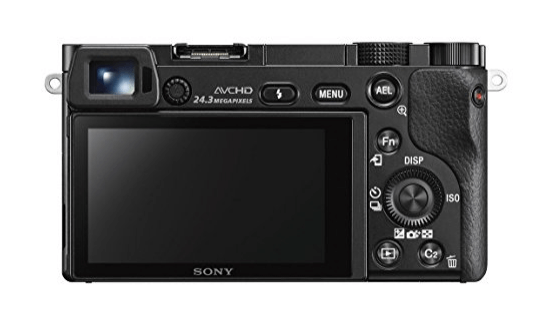
The Pros of Mirrorless Camera:
- The smaller size and lighter weight: The most significant difference between mirrorless and traditional DSLRs is their size: because of the flip-up mirror mechanism, combined with the light-reflecting prism, is no longer needed these cameras are typically much smaller in size and weigh less too. It also means the lenses are smaller too, so you can fit several in your camera bag.
- Live image preview: If you look through the viewfinder of your DSLR and adjust settings like ISO, aperture, and shutter speed, you might notice that the image in the viewfinder doesn’t change. It’s not until you actually take a photograph that you see what effect your alterations had on the photograph. The case is totally different in mirrorless cameras; they use (EVF) electronic viewfinders, so you can see in real-time the effect that things like aperture and ISO adjustments will have on your pictures before you press the shutter.
- Flawless manual focus: Focus magnification at 100% level available on almost all of today’s mirrorless cameras allows the manual focus to be done with flawless precision.
- Information Overlay: with an optical viewfinder, you never get to see more than some basic grids. There is some static information presented in the viewfinder, but it is always fixed and cannot be easily changed. With EVF, you can get any information you want to be displayed right inside the viewfinder
- Better video shooting: Because the mirrorless camera uses chip focus sensors, they are generally better suited to video shooting. While recording video, DSLRs can’t use phase detection with the mirror up, so they have to use the slower, less accurate, contrast-detection focus method. This leads to the familiar blur-blur look in the middle of a video when the camera starts hunting for the right focus. However, some newer SLRs are adding phase detection on the sensor, such as the Canon 80D and the Rebel T6i. Some new mirrorless camera models can capture 4K, or Ultra HD, video with four times the resolution of HD footage.
- Higher frame per second: The simpler mechanics of mirrorless cameras allow them to shoot more photos per second, at higher shutter speeds. For example, the Sony a5100 can shoot 6 frames per second (fps), and Sony’s A9 pro-level mirrorless camera brought burst modes to a new level, shooting a 20 frame-per-second burst, with autofocus locked, and no blackout to the viewfinder.
- Less Noise & Less Camera Shake: the mirrorless camera has no mirror flipping up and down, so there is no mirror slapping and the possibility of the resulting camera shake is illuminated.
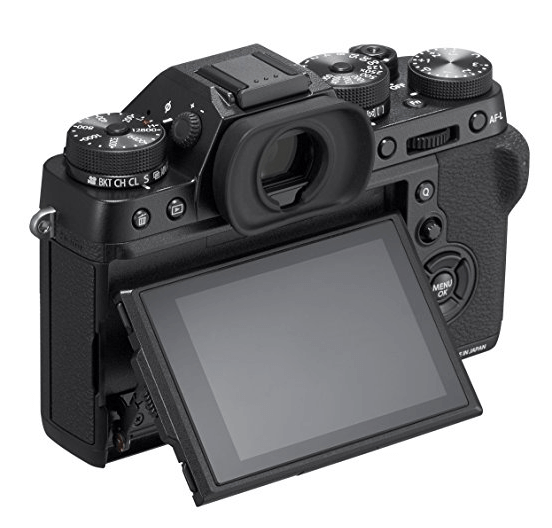
The cons of Mirrorless Camera:
- Battery life: a DSLR camera can shot an average of 600-800 shots before needs a battery recharge. Better models can shoot over 1,000 shots on a charge. But the mirrorless camera is much weaker, and typically around 300-400 shots. You’ll need spare batteries.
- Limited Lenses & Accessories: Choosing a DSLR gives you access to a plethora of lenses from a number of manufacturers, ranging from cheap and satisfactory to professional and wildly expensive. Mirrorless models are more restricted, offering access to a small number of lenses from the camera maker, though the selection is growing. Nowadays mirrorless systems are still rather new and there is a lack of various lenses. As time passes, this will become irrelevant as every manufacturer adds two or three lenses per year to their lineup.
- The small body is not fit for large telephoto lenses and can be fiddly for use. Almost all mirrorless cameras today are small. As much as many like it, it is a problem when used with larger telephoto lenses. Sensor size dictates big optics, especially for larger apertures and longer focal distances.
- Even though there are available mounting adapters for existing DSLR lenses, the use of DSLR lenses makes the system almost as large and bulky as using a larger sensor DSLR.
Final thought
Mirrorless cameras are lighter, more compact, faster, and better for video; but that comes at the cost of access to fewer lenses and accessories. DSLRs advantages include a wider selection of lenses and better optical viewfinders. For newbie photographers, mirrorless cameras are often a better choice due to their more compact size and simpler controls. Mirrorless cameras are also more likely to have touchscreens than a similarly priced DSLR as well. However, as you move up in price, the size difference between mirrorless cameras and DSLRs isn’t as extreme, although mirrorless cameras still have a small lead. That is to say unless there’s a big need for 4K video, a serious or pro shooter who wants access to a wider range of lenses and other gear would be better off with a DSLR.
Related posts:
What Is The Best Camera For Photography? – The 10 Best DSLRs
Full Frame vs Crop Sensor – Which To Choose
Thanks for reading, I hope you enjoyed the article, if you have any questions just post them below & I will be happy to answer you.
If you enjoy the site, don’t forget to subscribe, we will only inform you when a new article is posted.







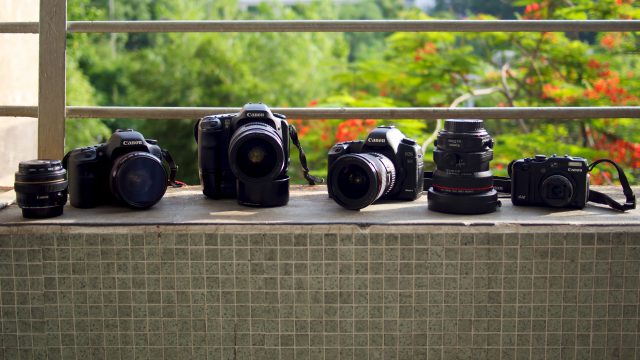

This is the second time I’m seeing Amin Hashem’s articles reviewing aboit camera. TBH, I can handle a camera very well thanks to Hashem’s wonderfully great article.(the first one)According my findings, especially After reading Amin’s first currently this one, the DSLR camera is really more prowess and much more easier to operates for even a layman like me. Thanks you for this education on camera, Amin
You are always welcome in the site, thanks
Personally I don’t know that much about photography, but currently I am attending classes for the same training, thus I have been following your posts I I have to confess that I am gaining a lot of idea from this post, I am looking forward to purchase a digital camera in the near future as I start my photography career, I like the way your post is well detailed with useful information.
morealso I really appreciate for adding images with the affiliate links that has the prices attached to them thus will make it easy for the purchase process to avoid quality confusion.
thank you.
from Joy.
Thanks for the comment, wish you success in your photography courses.
I liked your article about the “Difference Between DSLR and Mirrorless Cameras”. I think this is easy to understand to anyone. I have a Canon 1Dx Mark II. This is a very good one to capture cool pictures about animals. My wife is a professional nature photographer and sometimes I also join them on trips. Mirrorless cameras are great because mostly these are smaller, light weighted, easy to use. But if you want to become a pro, you will probably choose a DSLR.